A visual analysis essay is a common assignment for the students of history, art, and communications. It is quite a unique type of academic essay.
Visual analysis essays are where images meet text. These essays aim to analyze the meanings embedded in the artworks, explaining visual concepts in a written form.
It may sound difficult to write a visual analysis essay, but it can be done in simple steps by following the right approach. Let’s dive into the writing steps, tips, example essays, and potential topics to help you write an excellent essay.
On This Page![]()
- 1. What is a Visual Analysis Essay
- 2. How to Write a Visual Analysis Essay - 7 Simple Steps
- 3. Tips on How to Analyze a Photograph
- 4. Tips on How to Analyze a Sculpture
- 5. Visual Analysis Essay on Advertisement
- 6. Visual Rhetorical Analysis Essay Examples
- 7. Visual Analysis Essay Topics
What is a Visual Analysis Essay
A visual analysis essay basically requires you to provide a detailed description of a specific visual work of art. It is a type of analytical essay that deals with imagery and visual art instead of texts.
The subject of a visual analysis essay could be an image, painting, photograph, or any visual medium.
In this type of essay, you need to describe the artwork and analyze its elements in detail. That is, how different elements and features fit together to make the whole work stand out. In this sense, you need to use a mixture of descriptive writing and analytical language.
To write a good visual analysis essay, you need to know the basic visual elements and principles of design. Let’s learn about these concepts first before diving into the writing steps.
Visual Elements for a Visual Analysis Essay
Writing a visual analysis essay involves analyzing the visual elements of a piece of art. These elements form the basis of the features and characteristics of an image.
Below you can find the common visual elements of a visual analysis essay.
| Element | Explanation |
| Composition | The element composition describes how things relate to each other. When you are analyzing an image, focus on answering questions related to composition. These questions include what the primary figure is, how other figures are placed, and what is left out. |
| Focal point | It is the part of an image where the artist intends to draw the audience's attention. Understanding the focal point helps you grasp the overall meaning of the image. |
| Color | When writing a visual analysis essay, you must describe how colors affect the image. You should focus on the colors and how it affects the overall tone and mood of the image. |
| Line | This is about the actual lines presented in the image. You need to describe how lines help grab the audience’s attention toward the specific parts of the image. |
| Texture | It is about how smooth or rough an object is. A texture can either be real on two-dimensional art or three-dimensional art. |
| shape | It is about how the artist uses various shapes in the image. It includes ovals, circles, squares, and rectangles. You should describe what shapes are used by the artist and what they represent. |
| Form | It refers to the aspect of light and shading. Through this element, the writer can make 2D objects appear like 3D objects. You should focus on where the writer has used light and shading to enhance aspects of their work. |
| Value | It refers to the degree to which the artist has used dark and light aspects in some specific parts of the work. You should discuss how the artist has used these elements in their work. |
| Size | It is about the overall size of the image with a relative size of figures provided in it. You should explain why the artist has selected a particular image size and why different objects have different sizes. |
| Symbolic elements | It refers to the use of objects with a symbolic meaning in the image. You should identify whether the image has symbolic objects in it and what they represent. |
Principles of Design in a Visual Analysis Essay
In addition to visual elements, you must also consider the principles of design for writing a great visual analysis essay. These principles help you identify and explain the characteristics of the image.
| Principle | Explanation |
| Balance | It refers to the distribution of different visual elements in the image. You should describe images by addressing symmetrical, asymmetrical, and radical balance. |
| Emphasis | It refers to the object that draws the audience’s attention when they look at the image. You should discuss how the artist uses various elements to enhance some parts of the image. |
| Movement | It refers to the use of objects in the image or visual display repeatedly. You should identify objects or symbols used repeatedly in the image. |
| Pattern | When writing a visual analysis essay, you must describe how colors affect the image. You should focus on the colors and how it affects the overall tone and mood of the image. |
| Proportion | This principle is about whether the relationship between objects in the image or visual display is realistic or not. Explain what the artist tried to convey through their artwork. |
| Variety | To what extent the artist has used elements in the image to influence the audience’s perception. You should explain how different elements are used in the image to create a certain mood or meaning. |
| Contrast | It refers to the use of opposing elements. You need to describe the contrasting elements and if they affected the overall quality of the image. |
| Hierarchy | It refers to the degree to which people viewing an image can process it. This principle indicates the importance of color, size, and other elements in an image. |
| Symmetry | This principle is about the use of spaces between repetitive elements. There are different types of symmetrical designs, and you should describe how the artist used them in the image. |
| Layout | It refers to the use of objects in the image. It is basically about the distribution and placement of objects and symbols in the image. You need to explain how the artist has used different objects and how they are placed in the image. |
How to Write a Visual Analysis Essay - 7 Simple Steps
Now that you have an idea about visual elements and principles, you are now ready to proceed.
Here are the steps that you need to follow for writing a visual analysis essay. Let’s discuss them in detail.
Step 1 - Gather General Information About the Artwork
Once you have a specific artwork or image, here is how to start a visual analysis essay. You need to ask some basic questions about the work and jot down your ideas.
This pre-writing step is for brainstorming ideas. Ask these questions to begin:
- Who and what does the artwork represent?
- Who is the author of the piece?
- Who did the artist create the work for? Who is the intended audience?
- When and where was the work created? What is its historical context?
- Where was this work displayed for the first time?
- Identify which medium, materials, and techniques were used to create the image?
Step 2 - Note Down the Characteristics of the Artwork
The next thing that you need to do is identify what the image depicts. Moreover, you need to identify and describe the visual art elements and design principles used in the work.
Here’s what you need to note:
- The subject matter and its representation.
- Colors, shapes, and lines used in the composition.
- The balance, proportion, and harmony within the artwork.
- Any symbolism or metaphors present.
By pointing out such characteristics, you set the stage for a nuanced analysis in your essay.
Step 3 - Visual Analysis Essay Outline
Once you have gathered your main points by carefully studying the image, you should now organize them in an outline.
Here is how you make an outline for your visual analysis essay:
5-Paragraph Visual Analysis Essay Outline Introduction (1-paragraph)
Outline of Main Body Description (1-paragraph)
Analysis & Interpretation (2-3 paragraphs)
Conclusion (1-paragraph)
|
Step 4- Write the Introduction
This is the first paragraph of a visual analysis essay in which you need to provide some background information on the topic. After grabbing the readers’ attention with an interesting fact, briefly provide information on the following points.
- Talk briefly about the painting and its artist or creator.
- Provide a brief description of the painting and give historical context
- Add an interesting fact about the artist or the painting.
The introduction should end with a thesis statement. The visual analysis essay thesis states the analysis points on the artwork that you aim to discuss in your essay.
Step 5 - Provide Detailed Description, Analysis, and Interpretation
In the body section, you need to explore the artwork in detail. In the first body paragraph, simply describe the features and characteristics of the work. For instance, talk about the technique being used, shape, color, and other aspects to support your thesis.
In the next paragraphs, you can go into the analysis and interpretation of these elements and the work as a whole. Present all the details logically and discuss the relationship between the objects. Talk about the meaning, significance, and impact of the work.
Step 6 - Writing a Conclusion
Once you have completed the body section, move to the conclusion paragraph. This is the last paragraph of the essay that should be strong and well-written to create a sense of closure.
Here’s how you can do it
- Revisit the main insights gained through the analysis, summarizing the key visual elements and principles discussed.
- Emphasize the significance of cultural or historical context in interpreting the visual narrative.
- Tie together the threads of your analysis to reinforce your thesis or main argument.
- End with a memorable statement and encourage readers to carry the lessons learned from the analysis into their own encounters with art.
Step 7 - Edit & Revise Your Essay
Here’s how to end your visual analysis essay: edit and revise your first draft until it becomes the perfect version. Consider these steps for an excellent revision:
- Review for Clarity: Ensure your ideas flow logically. Clarify any ambiguous or unclear statements to enhance the overall readability of your essay.
- Trim Unnecessary Details: Trim excess information that doesn't directly contribute to your main points. Keep your analysis focused and concise.
- Check Consistency: Verify that your writing style remains consistent throughout the essay. Maintain a balance between formal language and engaging expression.
- Fine-Tune Transitions: Ensure smooth transitions between different sections of your essay. Transitions help guide your reader through the analysis, making the journey more enjoyable and comprehensible.
- Proofread for Errors: Carefully proofread your essay for grammar, spelling, and punctuation errors. A polished essay enhances your credibility and the overall professionalism of your work.
With these basic steps, you can craft an amazing visual analysis essay. Read on for some useful tips for analyzing different kinds of visual subjects.
Tips on How to Analyze a Photograph
Painting and photograph analysis are very similar. There are three ways in which photo visual analysis is conducted: description, reflection, and formal analysis.
Although the historical study may be used, it is not necessary.
- Description - It implies examining the picture carefully and considering all of the details. The description should be neutral, focusing on simple facts without expressing a personal viewpoint.
- Reflection - For the next stage, consider the emotions that the picture stirs in you. Every viewer will have a distinct viewpoint and feelings about the piece. Knowing some historical background might be useful when formulating an educated response.
- Formal analysis - Consider the visual components and concepts. How are they shown in the photo?
- Historical analysis - For a contextual analysis, keep an eye on the photo's surroundings. Make sure you comprehend the surrounding environment in which the photograph was taken. What era was this image shot during?
Tips on How to Analyze a Sculpture
A sculpture, unlike a painting or photograph, requires a different approach to visual analysis. It still depends on visible components and principles, however it does so in a slightly different way.
When you're writing about sculptures, keep the following in mind:
- Medium, size, and technique - What kind of material is it? Is it carved in a negative or positive method?
- Color and lightning - Describe the hue of the sculpture, whether it is painted. Was the sculptor concerned with the illumination when creating the work?
- Human body and scale - Consider how a human body is portrayed in the piece. Also, assess the sculpture's size compared to that of the viewer.
- Function - What was the sculpture's main aim? You could speak about whether it represented a religious conviction or honored someone, for example.
- Composition - Examine the placement of the piece and determine whether there is a focal point.
Visual Analysis Essay on Advertisement
In advertisements, visuals are used to pique interest or persuade the public that what is being advertised is needed. The goal of a visual argument is to generate attention and intrigue. Images are utilized in advertisements to transmit information and interact with the audience.
When conducting a visual analysis of an ad, keep the following in mind:
- Textual Elements
- Illustrations
- Composition
This all has an impact on how people perceive information and how they react to it.
When you analyze the visuals of an ad, you're performing a rhetorical analysis. The study of images and extracting information from them is known as visual rhetoric. It aids in the comprehension of typography, imagery, and the structure of elements on the page.
How to Write a Visual Analysis Paper on an Advertisement
Visual components in advertising are important. It aids in the persuasion of the audience.
Always keep the rhetorical situation in mind while analyzing visual arguments. The following are some key elements to consider:
- Audience - Who is the advertisement meant to attract?
- Purpose - What message does the photo try to get across to the audience?
- Design - What kind of visualizations are included? Are the visuals clear and easy to follow? Are there any patterns or repetitions in the design?
- Strategies - Is there any humor, celebrities, or cultural allusions in the graphic's message?
- Medium - Is the photograph surrounded by text? Is there any text within the picture? How does it interact with the picture to produce an intended effect if there is any?
- Context - What are the characters in an ad? Where are they positioned?
- Subtext - Consider the meaning of the picture's words. What are they trying to say?
Visual Rhetorical Analysis Essay Examples
Here are some visual analysis essay samples that you can read to understand this type of essay better.
Visual Analysis Essay Topics
Here are some top visual analysis essay topics that you can choose from and begin the writing process.
- Make a review of your favorite Hollywood production and discuss the visual arts involved.
- Write about the use of color and action in TV commercials.
- Discuss how the brand name is displayed in digital media campaigns.
- Discuss different types of visual appeals used in web ads.
- What is the special about Cleo Award-winning ads?
- The Use of Light and Shadow in Caravaggio's "The Calling of Saint Matthew"
- The Symbolism of Colors in Vincent van Gogh's "Starry Night"
- What is the importance of art and culture in our life?
- How has art changed over the last 50 years?
- The use of colors in marketing and advertising.
To conclude,
From gathering information about the artwork to crafting a compelling analysis, we've navigated the essential steps you need for a visual analysis essay. Moreover, with the specific tips and examples, you have everything you need to get started.
So dive into the writing process with confidence and return to this blog whenever you need help on any step!
Do you often find yourself asking a question like: can I pay someone to do my essay?
Our professional essay writers at MyPerfectWords.com can help you with your visual analysis essay assignment. Contact us with your order details, and we will get it done for you.
Place your order now and get the best visual analysis essay writing help you need.

Write Essay Within 60 Seconds!
Use our AI tool to generate high quality essay-18976.png&w=256&q=75&dpl=dpl_Gdsvp7W41w43ZdA5Qu4MrGDa9Trz)
WRITTEN BY
Amanda M.
Columbia journalism grad writing speeches. I craft clear, quotable messages for media moments.
Keep reading
Learn How to Write an Editorial on Any Topic
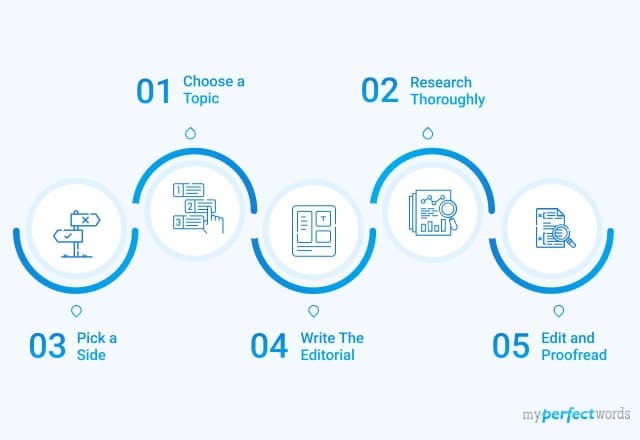
Best Tips on How to Avoid Plagiarism

How to Write a Movie Review - Guide & Examples
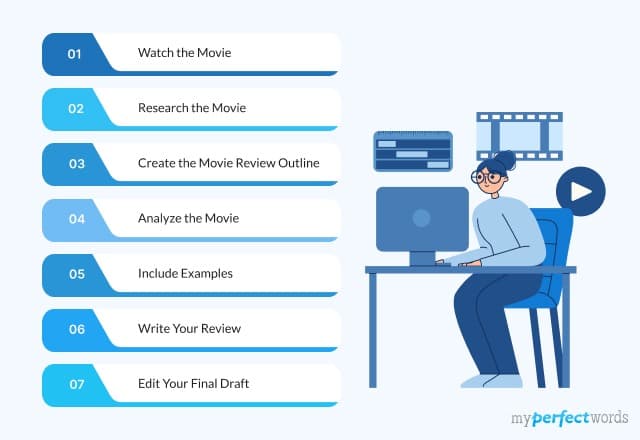
A Complete Guide on How to Write a Summary for Students

Write Opinion Essay Like a Pro: A Detailed Guide
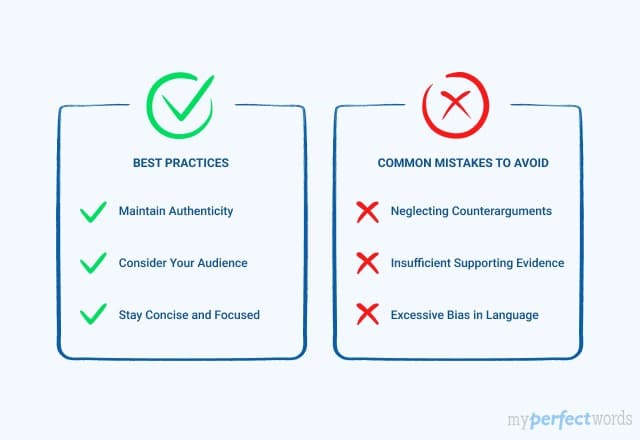
Evaluation Essay - Definition, Examples, and Writing Tips

How to Write a Thematic Statement with Examples
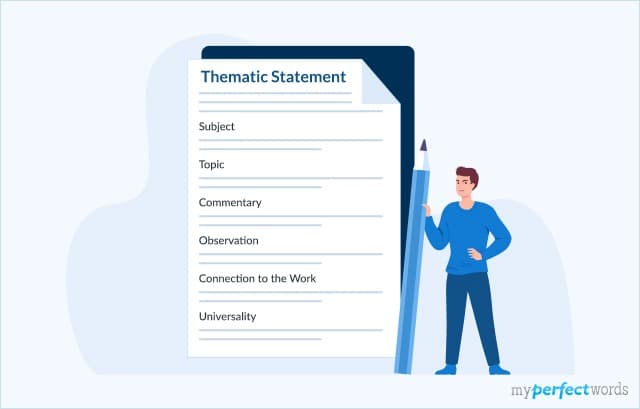
How to Write a Bio - Quick Tips, Structure & Examples

How to Write a Synopsis – A Simple Format & Guide
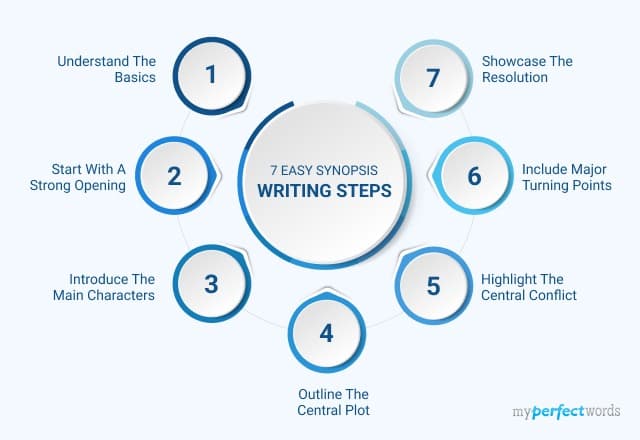
How to Write a Comparative Essay – A Complete Guide

List of Common Social Issues Around the World
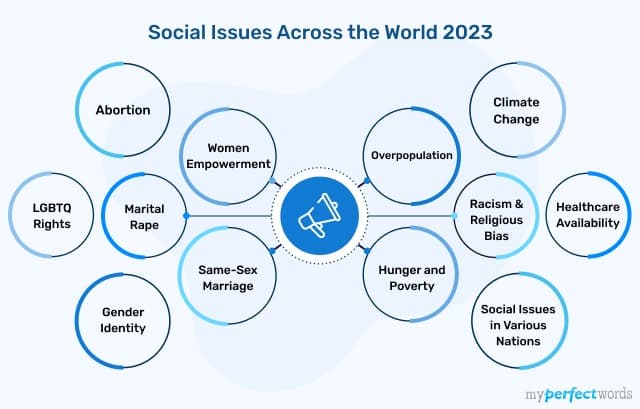
Writing Character Analysis - Outline, Steps, and Examples

11 Common Types of Plagiarism Explained Through Examples
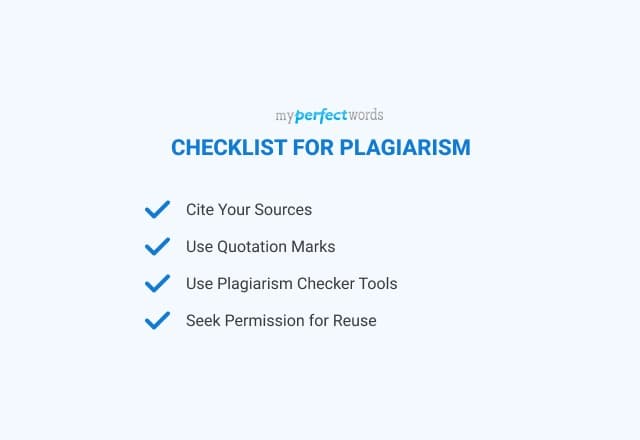
Article Review Writing: A Complete Step-by-Step Guide with Examples
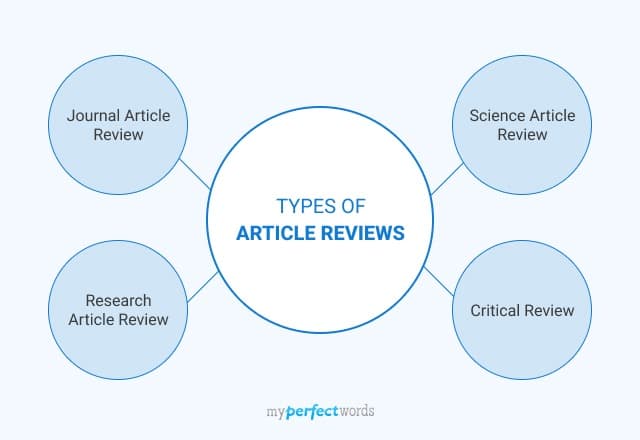
A Detailed Guide on How to Write a Poem Step by Step
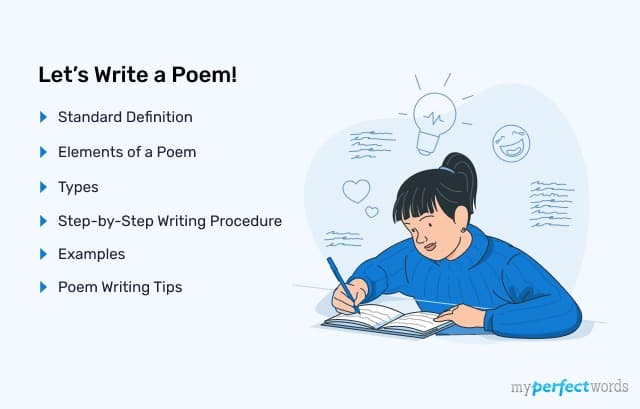
Detailed Guide on Appendix Writing: With Tips and Examples
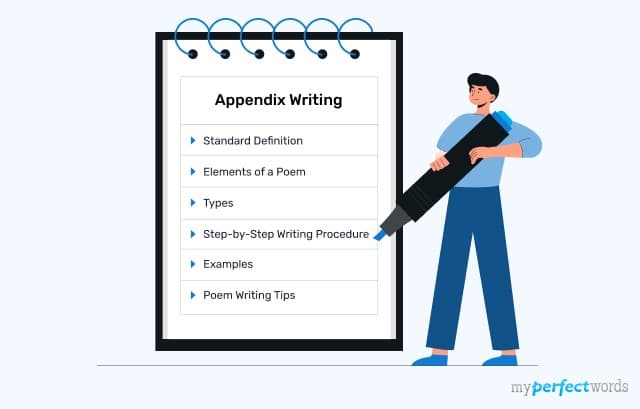
-10652.jpg&w=1920&q=75&dpl=dpl_Gdsvp7W41w43ZdA5Qu4MrGDa9Trz)
-10652.jpg&w=640&q=75&dpl=dpl_Gdsvp7W41w43ZdA5Qu4MrGDa9Trz)
